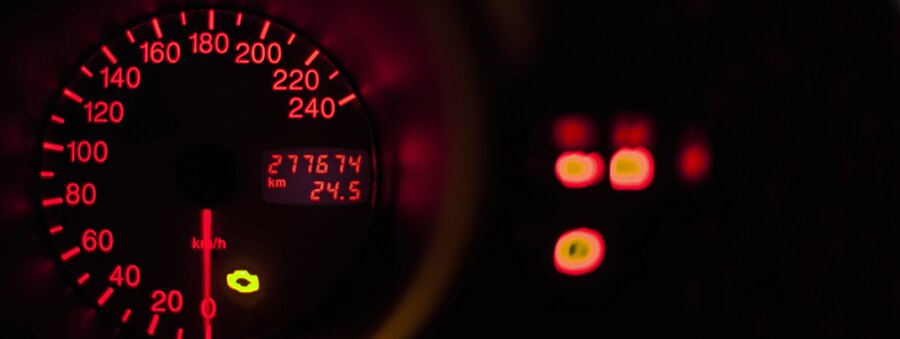The ignition system plays a vital role in starting your vehicle and ensuring its smooth operation. When there is an issue with the ignition system, the Ignition System Warning Light on your dashboard illuminates to alert you of a potential problem. Ignoring this warning light can lead to further complications and even leave you stranded. In this article, we will discuss some common problems associated with the Ignition System Warning Light and what you can do to address them effectively.
Understanding the Ignition System Warning Light:
The Ignition System Warning Light may appear as a symbol resembling a key or a coil. When it lights up, it indicates a problem with the ignition system, which can include components such as the ignition coil, spark plugs, ignition switch, or wiring. It’s important to pay attention to this warning light and take appropriate action to prevent further damage to the ignition system.
Common Problems Associated with the Ignition System Warning Light:
- Faulty Ignition Coil: The ignition coil is responsible for converting the low voltage from the battery into high voltage needed to create a spark in the spark plugs. A faulty ignition coil can result in misfires, rough idling, or difficulty starting the vehicle. If the Ignition System Warning Light is on, have the ignition coil tested and replace it if necessary.
- Worn or Faulty Spark Plugs: Spark plugs ignite the air-fuel mixture in the engine cylinders, providing the necessary combustion to start the engine. Over time, spark plugs can wear out or become fouled, resulting in poor engine performance and difficulty starting the vehicle. Inspect the spark plugs and replace them if they are worn, damaged, or covered in carbon deposits.
- Ignition Switch Issues: The ignition switch controls the electrical power to various components in the vehicle, including the ignition system. If the Ignition System Warning Light is illuminated, there may be a problem with the ignition switch. Symptoms can include intermittent starting issues, loss of power to electrical components, or the engine not turning over. Consult a professional mechanic to diagnose and replace the faulty ignition switch.
- Wiring Problems: Faulty or damaged wiring can disrupt the flow of electrical current within the ignition system, leading to ignition system problems. Common issues include loose connections, corroded wires, or damaged insulation. Inspect the wiring harness for any visible signs of damage and have any issues repaired by a qualified technician.
- Battery Problems: While not directly related to the ignition system, a weak or discharged battery can cause the Ignition System Warning Light to illuminate. A weak battery may not provide sufficient power to the ignition system, resulting in starting issues or intermittent operation. If you suspect a battery problem, have it tested and replaced if necessary.
Addressing Ignition System Warning Light Issues:
- Consult a Professional: If you are unsure about the cause of the Ignition System Warning Light or if the issue persists after attempting basic troubleshooting, it is best to consult a professional mechanic. They have the knowledge and diagnostic tools to accurately identify the problem and provide the necessary repairs.
- Regular Maintenance: To prevent ignition system issues, follow the manufacturer’s recommended maintenance schedule. This includes regular inspections, spark plug replacements, and servicing of ignition system components.
- Use Quality Components: When replacing ignition system components, use high-quality parts that meet or exceed the manufacturer’s specifications. This ensures optimal performance and reliability.
- Handle with Care: Avoid excessive force or mishandling when working with ignition system components, as delicate parts can easily be damaged. Follow proper procedures and take necessary precautions to prevent further problems.
The Ignition System Warning Light serves as an important indicator of potential issues with the ignition system. By understanding common problems associated with this warning light and taking appropriate action, you can address ignition system issues promptly and ensure the reliable operation of your vehicle. Regular maintenance, proper troubleshooting, and professional assistance when needed will help keep your ignition system in optimal condition and contribute to a smoother driving experience.











